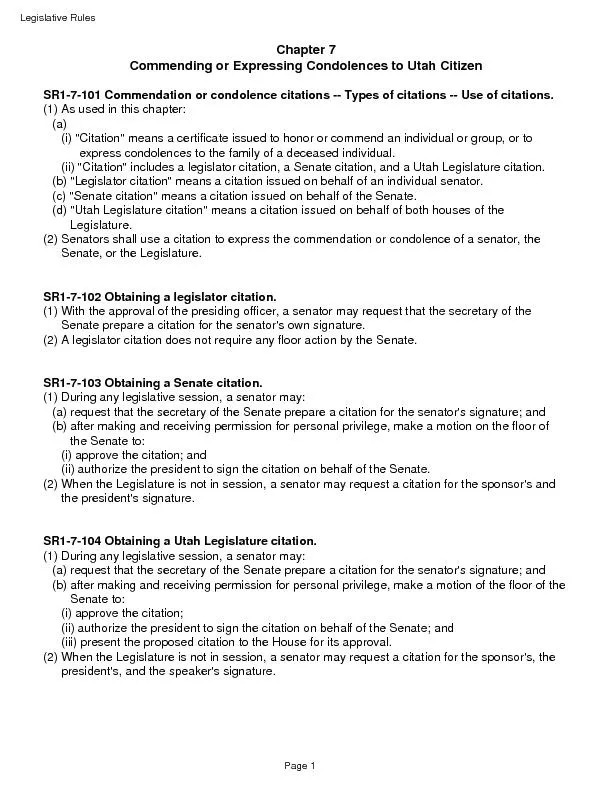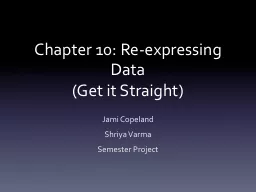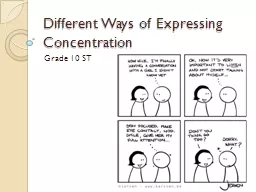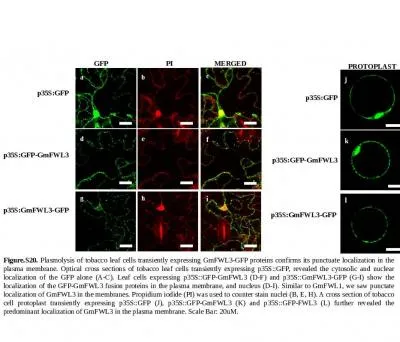PPT-Chapter 10: Re-expressing Data
Author : cheryl-pisano | Published Date : 2016-04-11
by Sai Machineni Hang Ha AP STATISTICS Reexpress Data We reexpress data by taking logarithm the square root the reciprocal or some other mathematical operation
Presentation Embed Code
Download Presentation
Download Presentation The PPT/PDF document "Chapter 10: Re-expressing Data" is the property of its rightful owner. Permission is granted to download and print the materials on this website for personal, non-commercial use only, and to display it on your personal computer provided you do not modify the materials and that you retain all copyright notices contained in the materials. By downloading content from our website, you accept the terms of this agreement.
Chapter 10: Re-expressing Data: Transcript
Download Rules Of Document
"Chapter 10: Re-expressing Data"The content belongs to its owner. You may download and print it for personal use, without modification, and keep all copyright notices. By downloading, you agree to these terms.
Related Documents






![[DWS]](https://thumbs.docslides.com/524794/dws.jpg)







